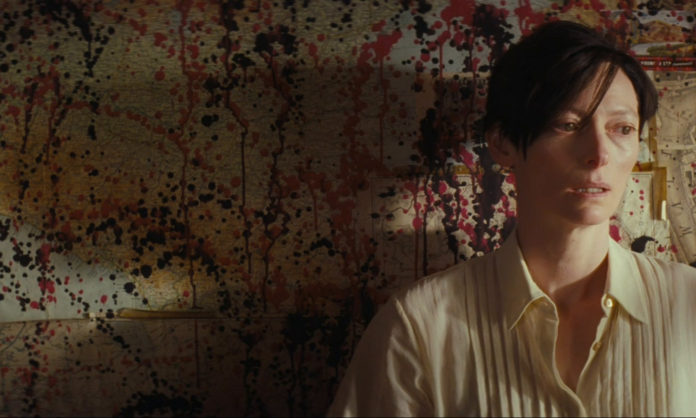Creating a one-dimensional villain is a cardinal sin of writing. While readers love to root against a bad guy, they need to feel more than enmity if you want to give them an emotional pay-off at the end. But it can be a fine line between creating a well-rounded bad guy and villain your reader may begin to prefer to your hero. In a guest post on C.S. Lakin’s blog, Sarah Tinsley offers advice for creating an empathetic antagonist.
“Getting your reader truly engaged with your story means finding points of empathy with all characters, no matter how reprehensible their actions,” Tinsley writes. “In a wider sense, this is also the power of literature in general—to examine the darker side of human nature and to ask important questions about why bad things happen.
Tinsley offers 7 tips, including:
- Humanity. No matter how awful your villain, you should find a relatable emotion, such as ambition or insecurity. Perhaps your villain faced an impossible choice in the past, which led them to their current state. While their actions might be reprehensible, your readers can see how they came to be so motivated.
- Memories. In that vein, memories of childhood or past experiences can help you show your antagonist’s humanity. Gollum is an emaciated troll until Tolkien reveals some of his backstory, and then we see that Smeagol started as a sympathetic character.
- Escalation. If you let your antagonist be too awful at the start, you’ll make it harder for your reader to find empathy. Build towards their worst behavior and use their humanity and memories to show how they reached that point.












